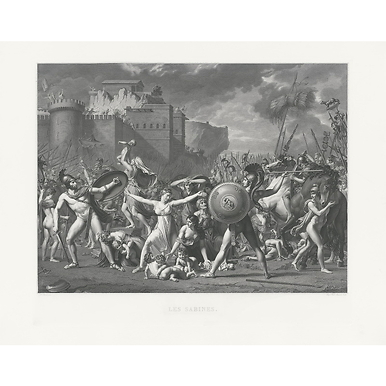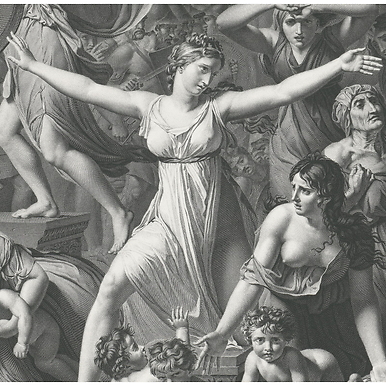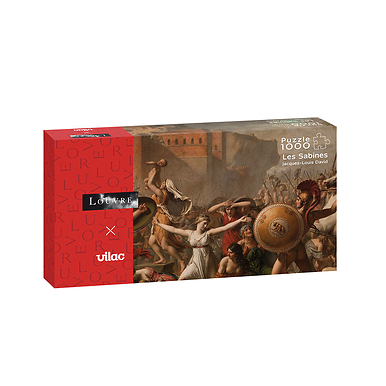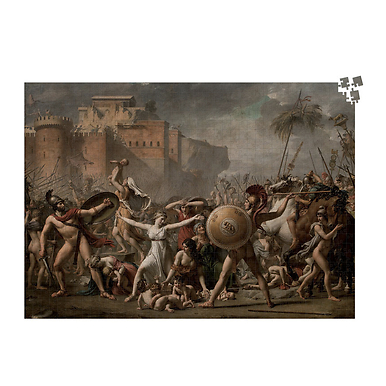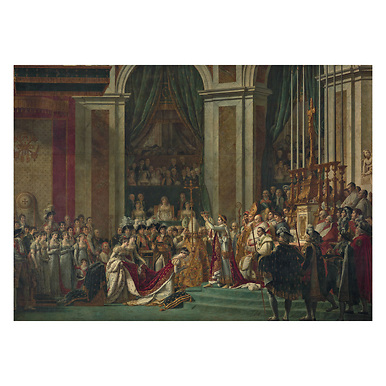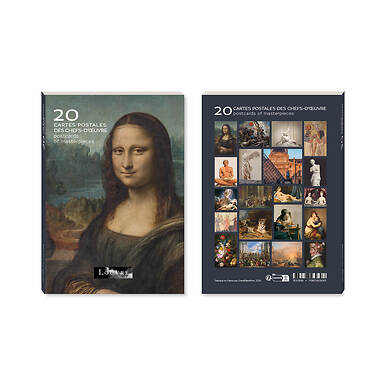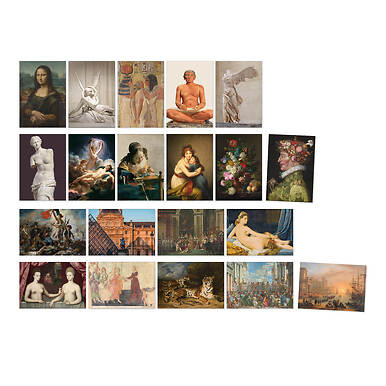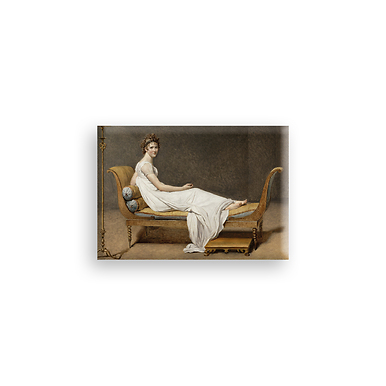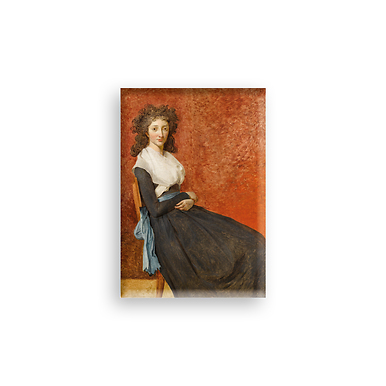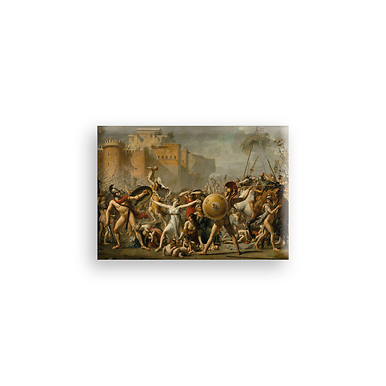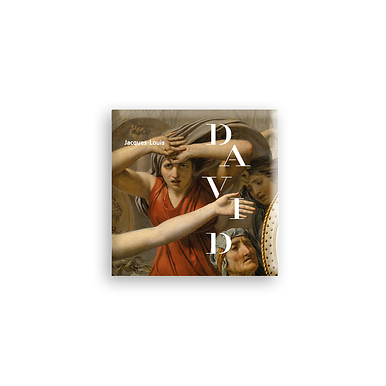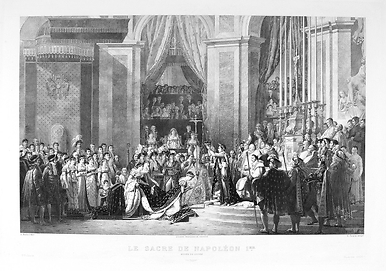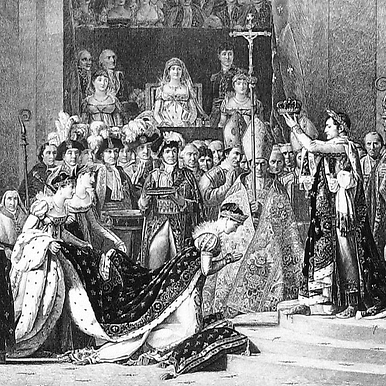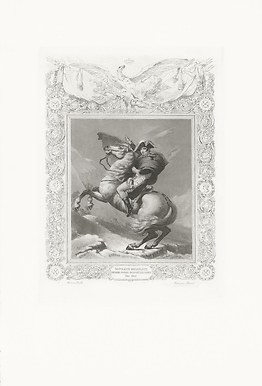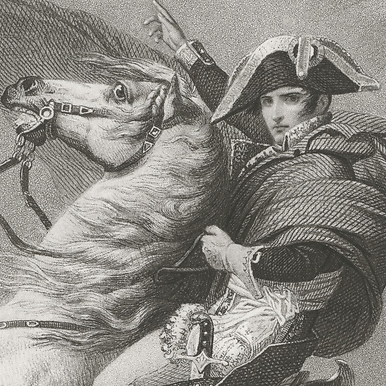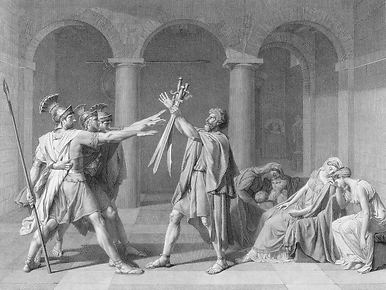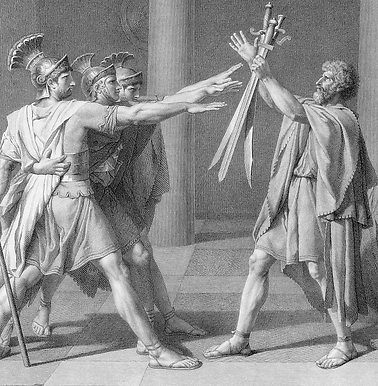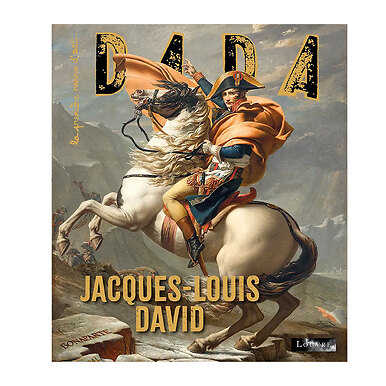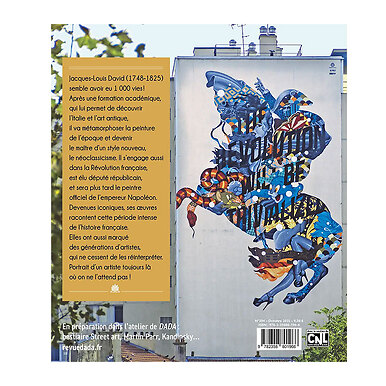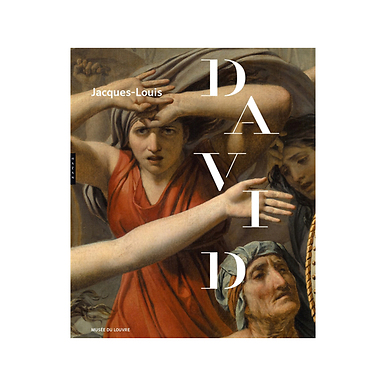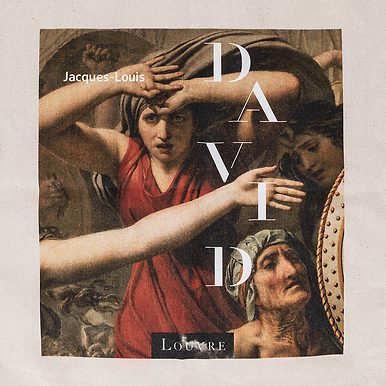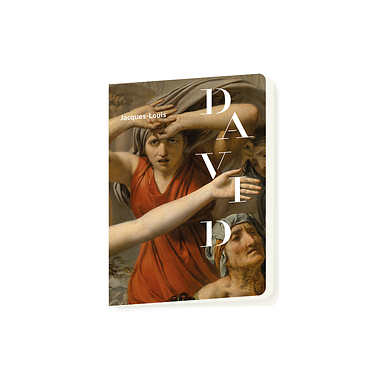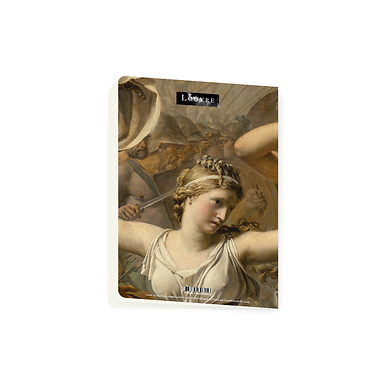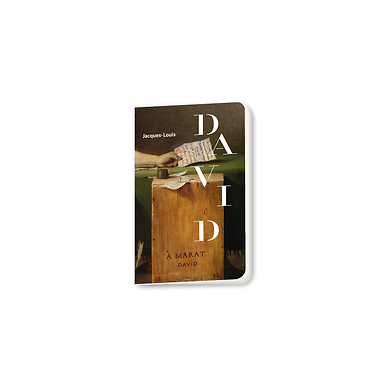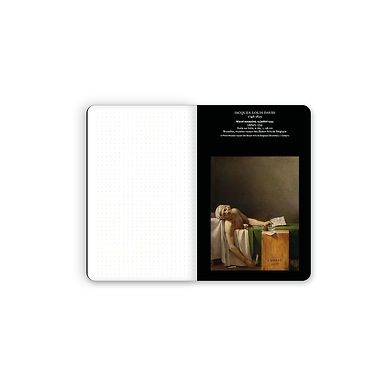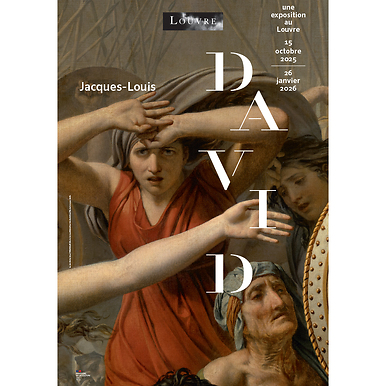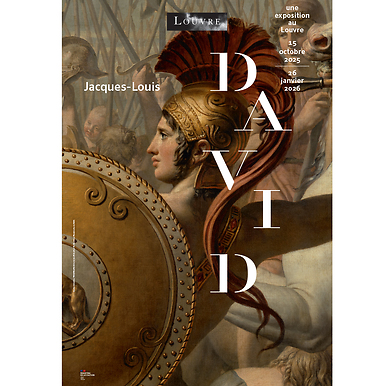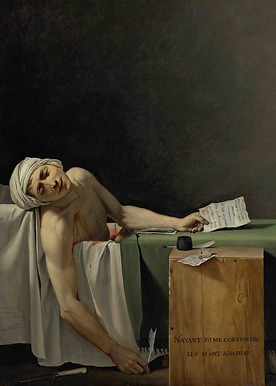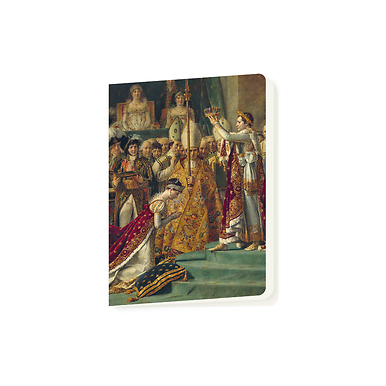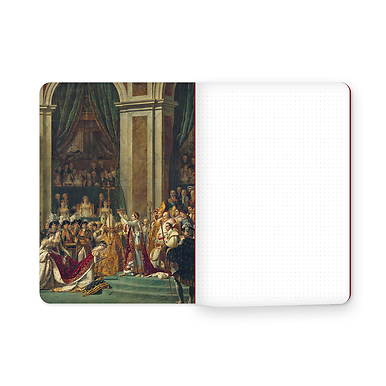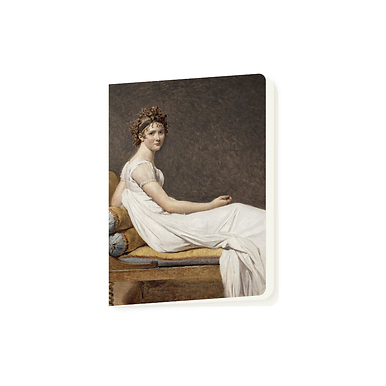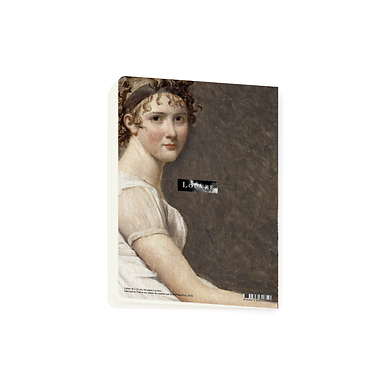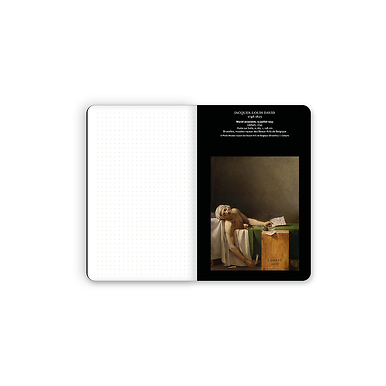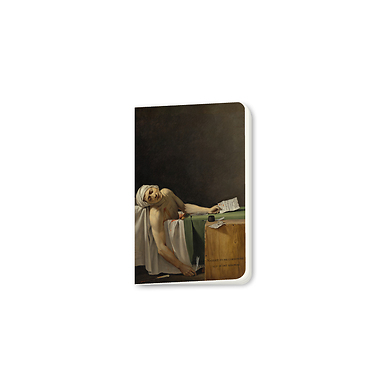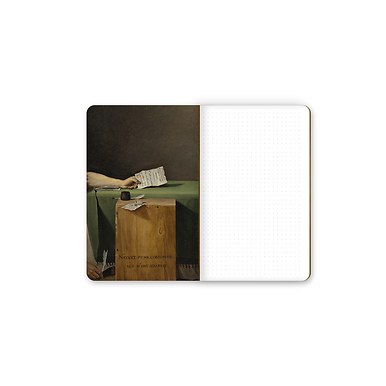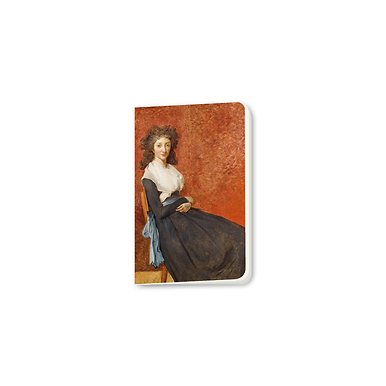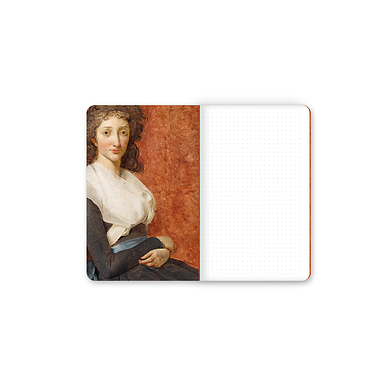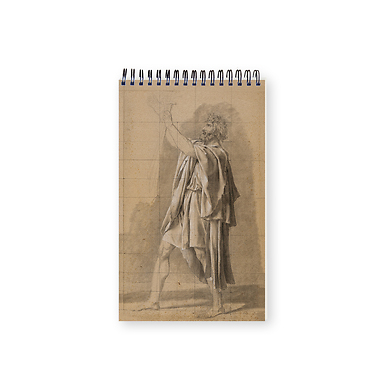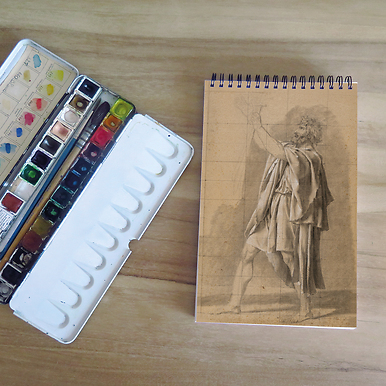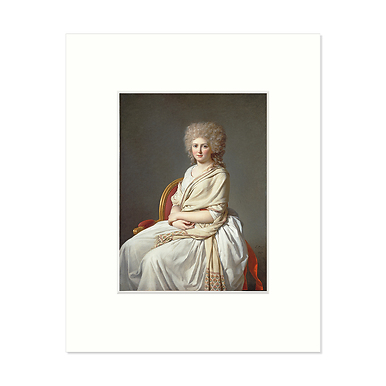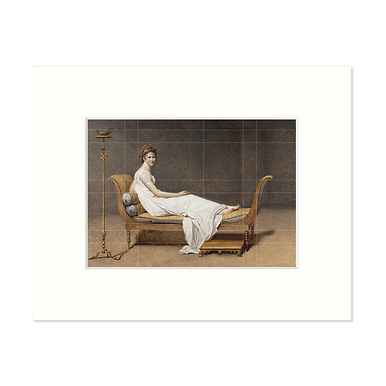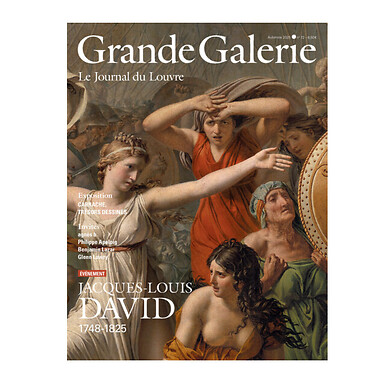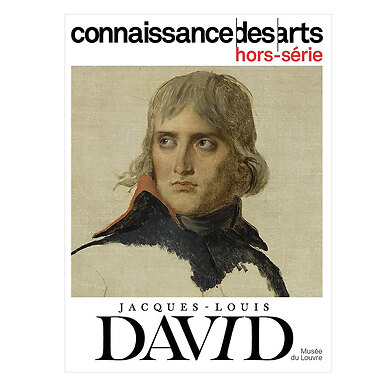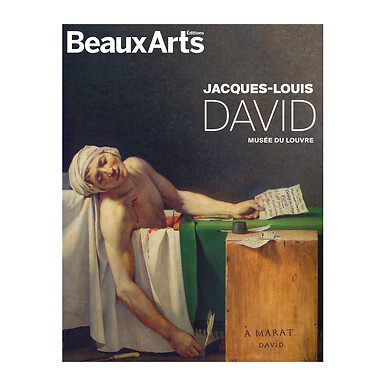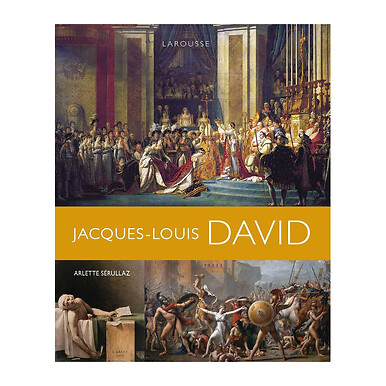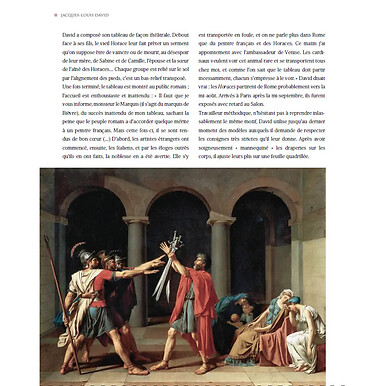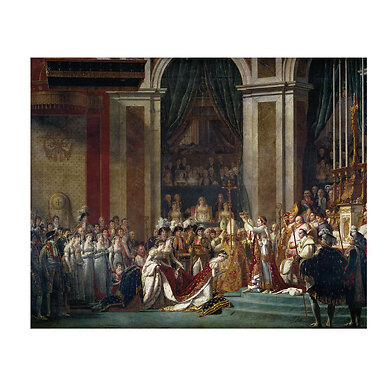Jacques-Louis David
1748-1825Official painter of the Empire
A painter of the 18th century, Jacques-Louis David began his studies at the Academy of Saint-Luc in Paris, before training as a painter with Joseph-Marie Vien. This encounter marked the beginning of his interest in French neoclassicism, of which Vien was the forerunner. His painting talents were already acknowledged when he won second prize in the Prix de Rome for Minerva Fighting Marsin 1771, but it was the Oath of the Horatii (1784) above all that gave him his fame.
Fascinated by Napoleon Bonaparte, the artist produced The Coronation of Napoleon (1805-1807), Napoleon Crossing the Alps (1805) and Napoleon in his Study (1812). He became an official painter of the Empire, before exiling himself in Brussels.


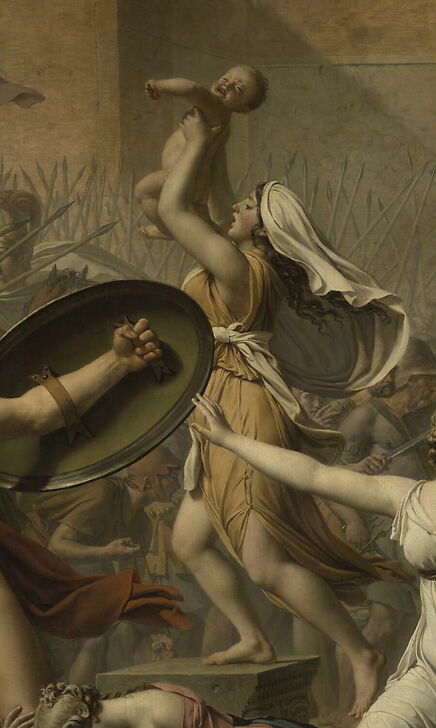


The Intervention of the Sabine Women
A true manifesto of Neoclassicism, this canvas by Jacques-Louis David is one of the most important works in the painter's career. Long sitting sessions as well as the study of a large range of sources and documents on the ancient period were necessary to produce this painting. Rather than the abduction of the Sabine Women by the Romans, the canvas actually represents an episode that occurred three years later, in which the Sabine women intervened between the Sabines, their parents, and the Romans, their abductors. Behind this warlike representation is actually a sentiment of national reconciliation: it was his support for Robespierre that led to Jacques-Louis David's imprisonment in the Luxembourg palace in 1794. The idea of depicting the abduction of the Sabine Women came to him during his captivity; the painting was completed in 1799.

